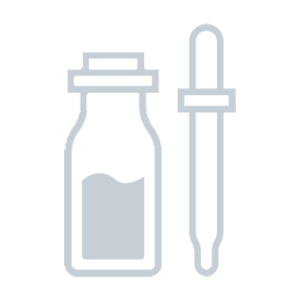Comparison between Uriage Hyséac High Protection Emulsion For Combination To Oily Skin SPF 50+ vs. Cetaphil Dermacontrol Oil Control Moisturizer SPF 30
- 29 components -
- 30 components -
Find out which product is better for your skin.
Ingredients in both products 7
Components only in Uriage Hyséac High Protection Emulsion For Combination To Oily Skin SPF 50+ 22
Caprylic/Capric Triglyceride, Corn Starch Modified, Butylene Glycol, Dicaprylyl Carbonate, Uriage Thermal Spring Water and 17 more. Show all.
Uniqueness: 75.9%
Components only in Cetaphil Dermacontrol Oil Control Moisturizer SPF 30 25
Octocrylene, Ethylhexyl Salicylate, Isopropyl Lauroyl Sarcosinate, Diisopropyl Sebacate, Aluminum Starch Octenylsuccinate and 20 more. Show all.
Uniqueness: 83.3%
Face to Face
Components position by position
1
Water
1
Octocrylene
2
Caprylic/Capric Triglyceride
2
Ethylhexyl Salicylate
3
Corn Starch Modified
3
Avobenzone
4
Glycerin
4
Water
5
Butylene Glycol
5
Isopropyl Lauroyl Sarcosinate
6
Water
6
Glycerin
7
Dicaprylyl Carbonate
7
Diisopropyl Sebacate
8
Uriage Thermal Spring Water
8
Aluminum Starch Octenylsuccinate
Show others
Positive Effects
Find out what good effects the product has
Both products provide the following effects: Antioxidant, UV Protection, Moisturizing, Softening, Soothing, Nutrifying, Antiseptic, Hair structure improvement, Hair gloss, Hair protection
Effects unique for Hyséac High Protection Emulsion For Combination To Oily Skin SPF 50+:
Cleansing, Lightening, Lifting, Hair growth stimulatingEffects unique for Dermacontrol Oil Control Moisturizer SPF 30:
Pore Shrinking, Healing, Antifungal, Regeneration, Protection, Hair conditioning-- Show more --
ECO Metrics
Find out how eco-friendly the components are
Vegan
No
No
Cruelty free
No
No
Reef safe
Yes
Yes
Ozone layer safe
Yes
Yes
Organic score
natural
9 out of 29
31%
chemical
16 out of 29
55%
natural
5 out of 30
17%
chemical
22 out of 30
73%
Concerns
Pay attention to this information
-- Extra information --
Components by Skin Type
Find out what components are good or bad for your skin type
Dry skin
Positive: 5Negative: 0
Glycerin#4Butylene Glycol#5Glycerin#12Butylene Glycol#16Propylene Glycol#27
Oily skin
Positive: 0Negative: 0
Sensitive skin
Positive: 0Negative: 2
Benzoic Acid#22Citric Acid#28
Dry skin
Positive: 3Negative: 0
Glycerin#6Allantoin#24Panthenol#26
Oily skin
Positive: 1Negative: 0
Allantoin#24
Sensitive skin
Positive: 1Negative: 0
Allantoin#24
